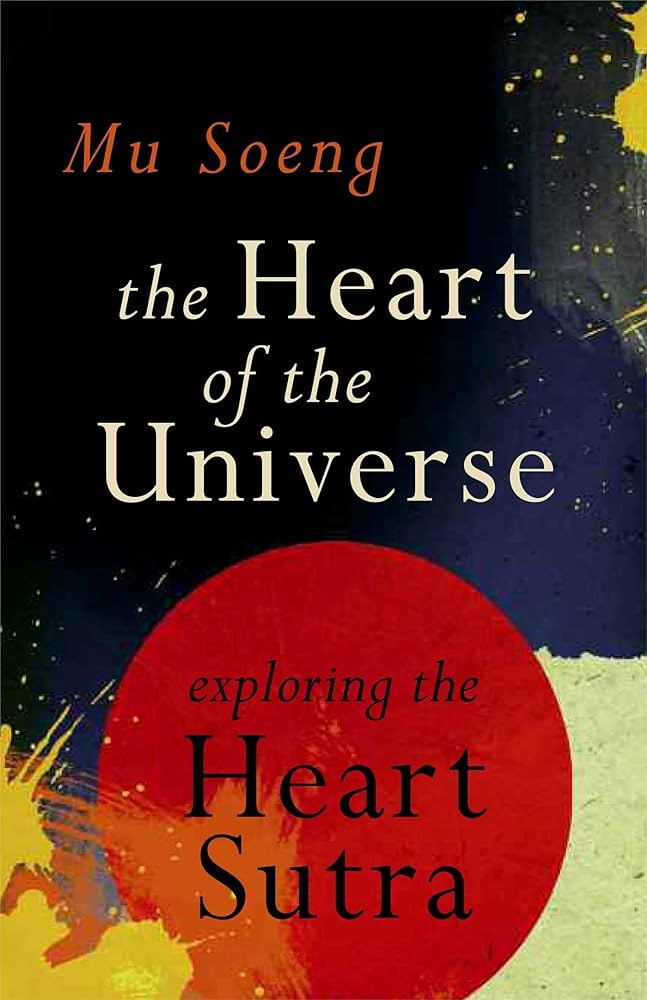
The Heart Sūtra (Red Pine edition, Amazon paperback)
- Teacher: Ven. Jeonchan Prajna
The Laṅkāvatāra Sūtra (Sanskrit: लंकावतारसूत्र Laṅkāvatāra Sūtra; traditional Chinese:楞伽經; pinyin: léngqié jīng) is a sutra of Mahāyāna Buddhism. The sūtra recounts a teaching primarily between the Buddha and a bodhisattva named Mahāmati ("Great Wisdom"). The sūtra is set in Laṅkā, the island fortress capital of Rāvaṇa, the king ofrākṣasas. The Laṅkāvatāra Sūtra figured prominently in the development of Chinese, Tibetan andJapanese Buddhism. It is notably an important sūtra in Chinese Chán and its Japanese version, Zen.
- Teacher: Douglas Cheolsoeng Gentile
- Teacher: Douglas Cheolsoeng Gentile
SUT531 - Platform Sūtra (3 Units)
Prerequisites: None
Textbook: The Platform Sutra of Huineng by Mong Mou-Lam
9 week course
Textbook: The Diamond Sutra and the Sutra of Hui-Neng by A. F. Price, Wong Mou-lam, W. Y. Evans-Wentz and Christmas Humphreys
9 week course beginning the week of
The Sutra of Hui-neng, also known as the Platform Sutra, contains the autobiography of a pivotal figure in Zen history and some of the most profound passages of Zen literature. Hui-neng (638–713) was the sixth patriarch of Zen in China, but is often regarded as the true father of the Zen tradition. He was a poor, illiterate woodcutter who is said to have attained enlightenment upon hearing a recitation of the Diamond Sutra. Together, these two scriptures present the central teaching of the Zen Buddhist tradition and are essential reading for all students of Buddhism.
- Teacher: Alex Kaisho Chushin Wall
The Sutra of the Lotus of the Wonderful Dharma
- Saddharma Puṇḍarīka Sūtra (Sanskrit)
- Sanskrit: सद्धर्मपुण्डरीकसूत्र Saddharma Puṇḍarīka Sūtra
- Chinese: 妙法蓮華經 Miàofǎ Liánhuá Jīng, shortened to 法華經 Fǎhuá Jīng
- Japanese: 妙法蓮華経 Myōhō-Renge-Kyō, shortened to 法華経 Hokke-Kyō, Hoke-Kyō
- Korean: 묘법연화경 Myobeop Yeonhwa Gyeong, shortened to 법화경 Beophwa Gyeong
- Vietnamese Diệu Pháp Liên Hoa Kinh, shortened to Pháp Hoa Kinh
This course includes weekly meditation topics concerning the contents of the Lotus Sutra. Apply the Vipassana or Insight Meditation technique. Sit quietly and reflect on the topic assigned each week. It is recommended that you sit for twenty minutes, using a timer.
Link to purchase text: https://www.amazon.com/Threefold-Lotus-Sutra-Bunno-Kato/dp/4333002087
- Teacher: Ven. Myohye Do'an
- Teacher: John Giduck
In this course we will study this great teaching. The class will consist of reading assignments, video lectures, forum activities, quizzes and of course, a professor will be available. The ultimate goals of this class are to study this book, to see what we can glean from it as far as how to practice and how to teach others to practice. We will also focus on the development of the Sutra as it works to to help different audiences.
- Teacher: Douglas Cheolsoeng Gentile

